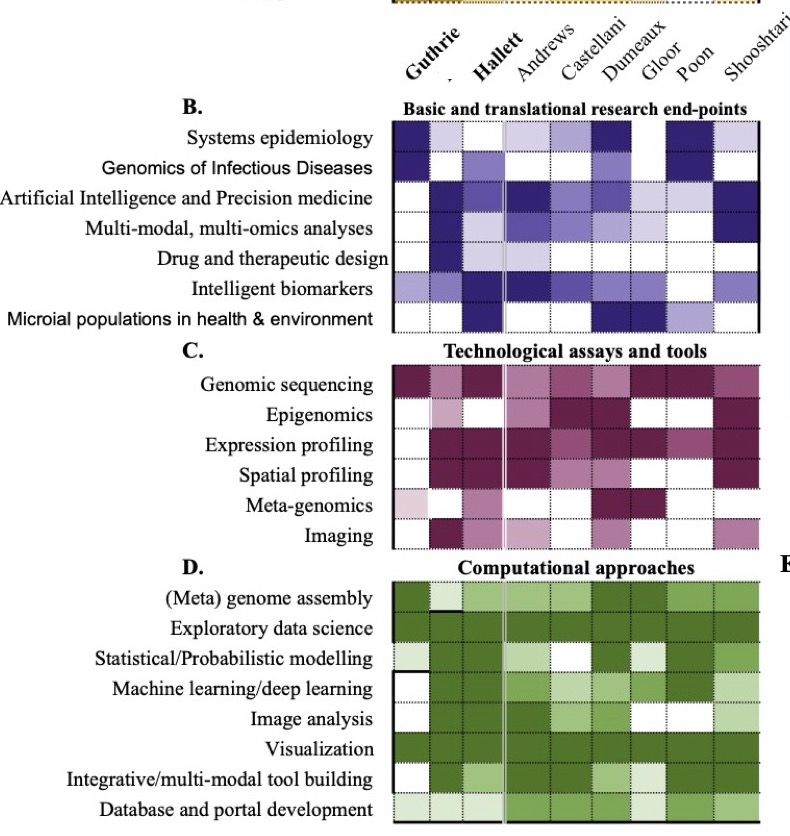I started in April at the University of Western Ontario as the Western chair in Bioinformatics within the Department of Biochemistry. I’m happy to be here for many reasons, not the least of which is that my wife Vanessa Dumeaux finally found a position and can lead her own lab. Really though, she’s been doing that for the last decade - without funding and without a salary and mostly without students … with three kids … four if you count me.
 |
In fact, the Schulich of Medicine and Denistry has hired quite a few Data Scientists in the past year. We each have specific expertise in different types of biology or diseases, different -omic technologies and different quantitative techniques. We all share the philosophy of modern data science: to maintain a sustained dialogue with large datasets by fluently exploiting computational and statistical tools as our primary means of exploring biological systems.
-
Here is how I see things. You have bioinformatics which is largely about building databases, portals and information management systems. You have computational biology which is largely about building new types of analytic approaches for problems in the life sciences using computation and statistics. You have biostatistics which is about applying and developing statistical and modelling approaches to classify, predict and measure different types of events. Machine learning seeps into all aspects of this triumvariate.
-
Data scientistists in the biomedical domain are people who apply and develop these tools to explore biological datasets - this whole “data to knowledge” thing. That’s very much different than being either a bioinformatician, computational biology or biostatistician per se. Data scientists need not only apply and develop these tools, but also look carefully at the output and combine that with their knowledge of biological systems to develop sound hypotheses and mature, physiologically relevant models.
-
Several of us (Vanessa and I included) have both wet and dry components to our lab, making the environment truly inter-disciplinary and a great place for trainees to carry out their reearch. We also have some nice equipment (both computers and lab stuff)!
-
There are many open positions at all levels.Here are the links to these groups that have different foci (see the Figure above).
– Tallulah Andrews, Biochemistry
– Christina Castellani, Pathology and Laboraty Medicine
– Vanessa Dumeaux, Anatomy & Cell Biology
– Greg Gloor, Biochemistry
– Jennifer Guthrie, Microbiology and Immunology
– Mike Hallett, Biochemistry
– Art Poon, Pathology and Laboratory Medicine
– Parisa Shooshtari, Pathology and Laboratory Medicine\